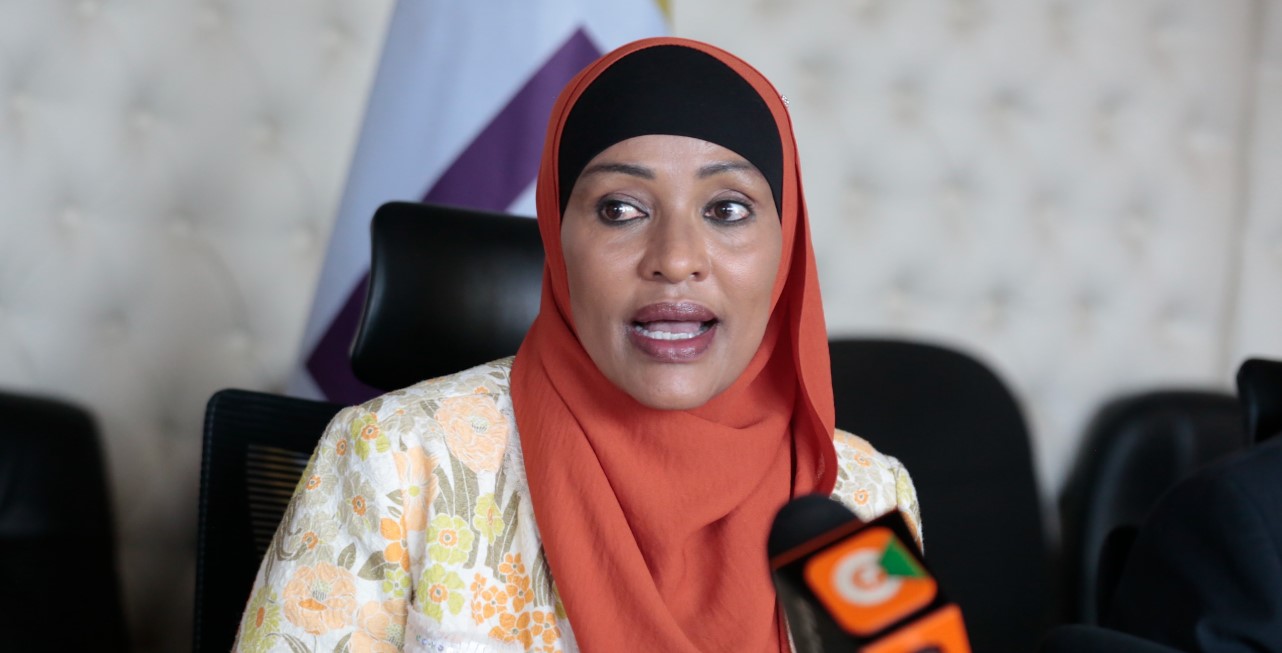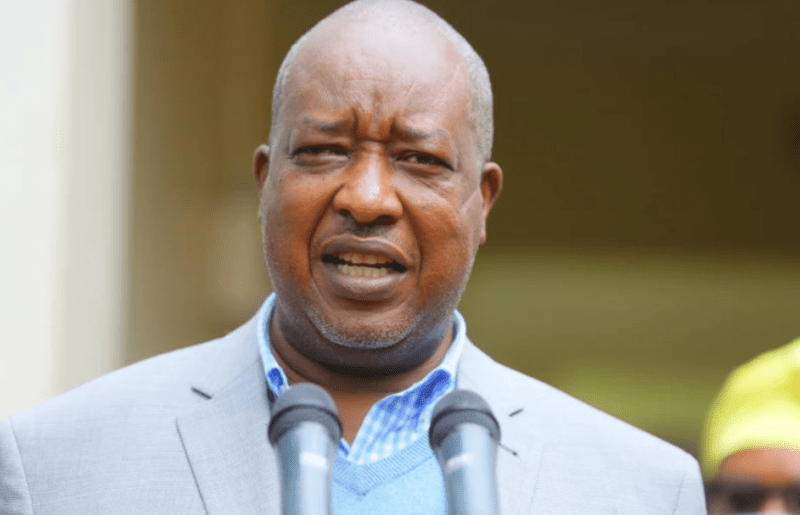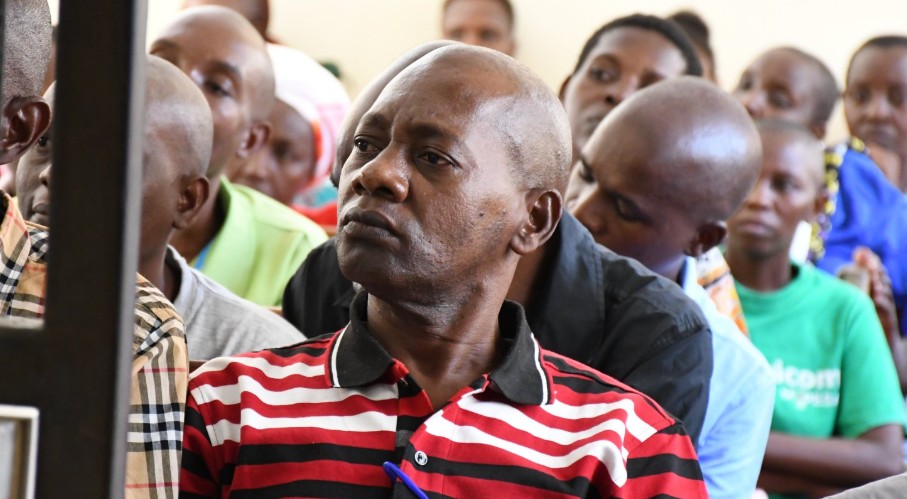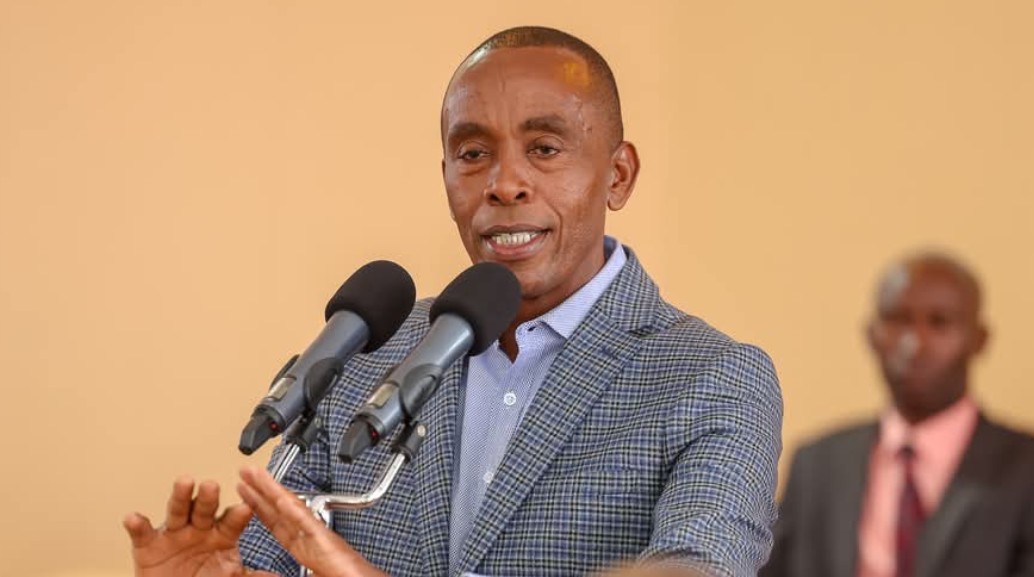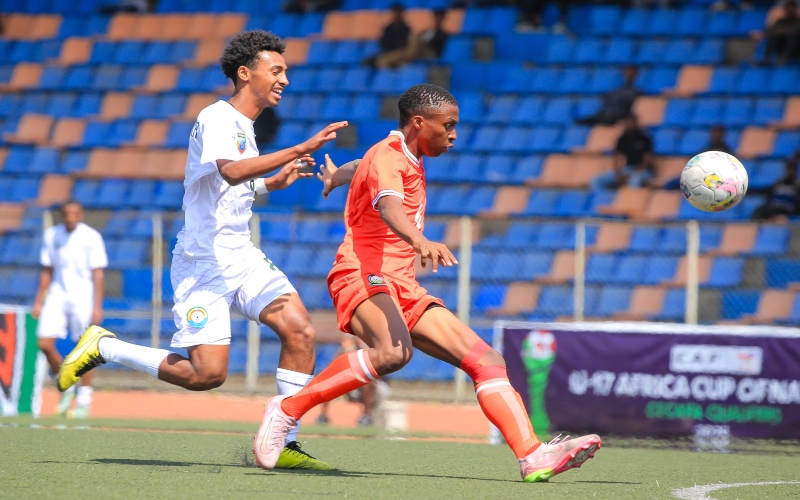Neurological disorders on the rise in low-and middle-income countries, warns WHO
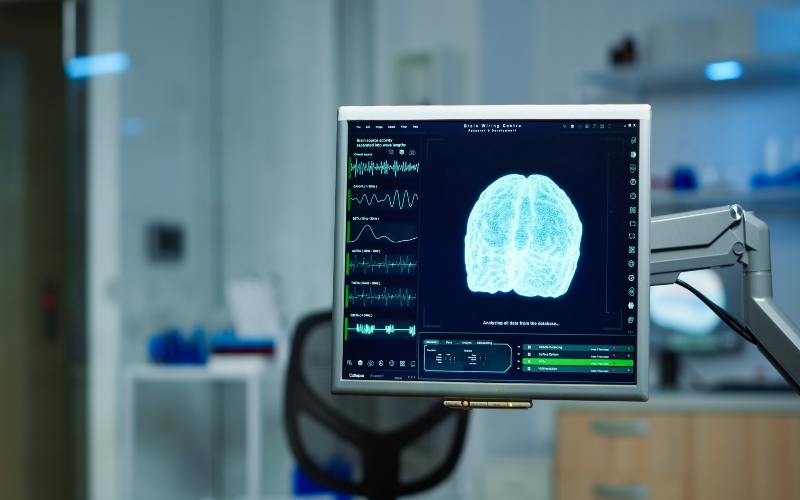
In Kenya, neurological disorders account for up to 7.5 percent of medical admissions in major hospitals, with meningitis, epilepsy, and cerebrovascular diseases among the most common.
Despite the rising global burden of neurological disorders, low- and middle-income countries continue to face an acute shortage of care and research capacity, a new World Health Organisation (WHO) report has revealed.
Neurological conditions refer to diseases of the brain, spinal cord, and nerves, including disorders such as stroke, epilepsy, dementia, migraine, meningitis, and Parkinson's disease, that affect a person's movement, cognition, or behaviour. These conditions can be caused by genetic, environmental, infectious, or lifestyle factors and often require lifelong management.
More To Read
- Study flags stark inequities in global epilepsy care, medication
- Study warns of risks in antiseizure drug use during pregnancy
- Africa faces a growing stroke epidemic, urgently needs its own locally adapted care guidelines
- Hormonal contraceptives linked to higher breast cancer risk, study finds
- Viral infections linked to higher risk of heart attacks and strokes
- Study finds new gene-silencing therapy cuts cholesterol by 50 per cent
According to the report, low- and middle-income countries have over 80 times fewer neurologists per capita compared to high-income nations, even though neurological conditions are now the leading cause of disability and the second leading cause of death globally.
WHO estimates that more than one in three people worldwide are currently living with a neurological condition, contributing to over 11 million deaths each year.
In Kenya, neurological disorders account for up to 7.5 per cent of medical admissions in major hospitals, with meningitis, epilepsy, and cerebrovascular diseases among the most common.
The newly released Global Status Report on Neurology paints a worrying picture: neurological conditions now affect over 40 per cent of the world's population, more than 3 billion people, yet fewer than one in three countries has a national policy to address them.
11 million deaths each year
As of 2021, the top neurological conditions contributing to death and disability included stroke, neonatal encephalopathy, migraine, Alzheimer's disease and other dementias, diabetic neuropathy, meningitis, idiopathic epilepsy, neurological complications linked to preterm birth, autism spectrum disorders, and cancers of the nervous system.
Dr Jeremy Farrar, WHO's Assistant Director-General for Health Promotion, Disease Prevention, and Control, emphasised the urgent need for global collaboration.
"With more than one in three people living with conditions affecting their brain, we must do all we can to improve the health care they need," he said. "Many of these neurological conditions can be prevented or effectively treated, yet services remain out of reach for most, especially in rural and underserved areas, where people too often face stigma, social exclusion, and financial hardship."
The report highlights deep systemic gaps. Out of 194 WHO Member States, only 53 per cent (102 countries) provided data for the report, an indication of how limited global attention to neurology remains. Merely 32 per cent (63 countries) have a national policy on neurological disorders, and just 18 per cent (34 countries) have dedicated funding to address them.
Essential neurological services are out of reach for most people. Only 25 per cent of Member States (49 countries) include neurological disorders in their universal health coverage benefit packages. Specialised services such as stroke units, pediatric neurology, rehabilitation, and palliative care are often scarce or concentrated in urban areas, leaving rural populations with little or no access to care.
The shortage of qualified professionals is equally alarming. Low-income countries have up to 82 times fewer neurologists per 100,000 people than high-income nations, meaning timely diagnosis and treatment remain elusive for many patients.
Neurological conditions often require lifelong management, yet only 46 countries provide support for caregivers, and 44 have legal protections in place. This lack of recognition places an enormous burden on families, especially women, who make up the majority of informal careers.
Weak health information systems and chronic underfunding of neurological research further hinder effective policymaking and the implementation of sustainable interventions.
In response to these challenges, WHO Member States adopted the Intersectoral Global Action Plan on Epilepsy and Other Neurological Disorders in 2022, a roadmap designed to help countries strengthen policies, expand access to care, improve data systems, and involve people with lived experiences in shaping policies and services.
WHO is urging governments to make neurological disorders a policy priority through strong leadership and sustained investment.
It is also calling for countries to expand access to neurological care through universal health coverage and health system strengthening, promote brain health across all stages of life through coordinated intersectoral action, and strengthen data collection and monitoring to inform policy and accountability.
Global burden
Without urgent action, WHO warns, the global burden of neurological disorders will continue to rise, deepening inequalities and leaving millions without the care and dignity they deserve.
Several studies conducted in Kenya reveal the growing burden of neurological disorders and highlight which conditions are most prevalent.
A retrospective survey conducted at Kenyatta National Hospital (KNH) found that neurological diseases accounted for about 7.5 per cent of all medical conditions seen in the hospital's wards and outpatient clinics. Among these, meningitis was the most common, followed by epilepsy and cerebrovascular diseases such as stroke.
In one rural Kenyan hospital, stroke was reported in about 7 per cent of all medical admissions, with two-thirds of the cases being ischaemic and one-third haemorrhagic.
Similar findings were observed in larger referral hospitals such as KNH and Moi Teaching and Referral Hospital (MTRH), where ischaemic stroke accounted for over half of all stroke cases. The main risk factors included hypertension, smoking, and diabetes, with stroke-related mortality within 10 days reaching as high as 18 per cent at KNH.
Epilepsy has emerged as one of the most extensively studied neurological conditions in Kenya, particularly in rural and urban low-income settings.
Research in Kilifi County showed that lifetime epilepsy affected about 3 per cent of the population, while active epilepsy affected slightly over 2 per cent. Among children, the prevalence was found to be around 2 per cent for active epilepsy.
In Nairobi's informal settlements, the overall prevalence of epilepsy was slightly over 1 per cent, with convulsive seizures being the most common type. Researchers also noted a large number of undiagnosed cases, pointing to significant gaps in diagnosis and treatment.
Children living with cerebral palsy in Kenya are also highly affected, with nearly two-thirds of them found to have epilepsy, according to hospital-based studies. This highlights the complex overlap between developmental and neurological conditions in children.
Overall, evidence from both hospital-based and community studies shows that epilepsy and stroke are among the most prevalent neurological disorders in Kenya. Meningitis also remains a significant cause of neurological illness, particularly in hospitals where infectious diseases are common.
Top Stories Today

